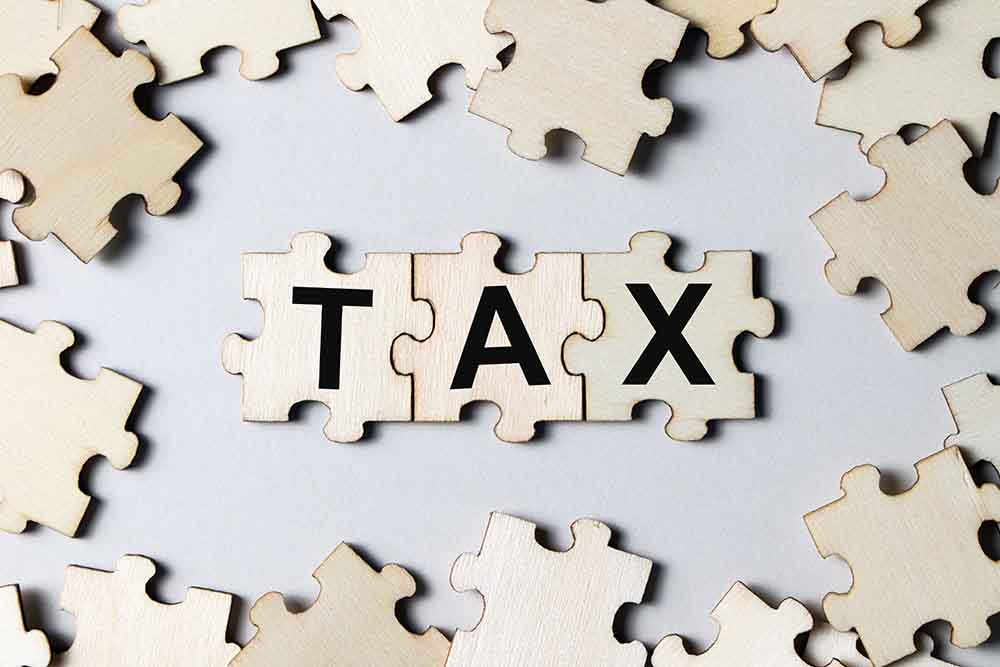In March 2009, Vermont Gov. Jim Douglas asked me to become the state’s chief recovery officer, or stimulus czar. Vermont was about to get $1 billion or so in 300 separate and unrelated programs stapled together in the federal stimulus package, aka the American Reinvestment and Recovery Act. The governor needed someone with start-up experience to manage the money and programs. Before selling my last company and retiring, I’d been a high-tech entrepreneur.
Part of my job was to coordinate stimulus money awarded directly to state government, both to assure that we complied with federal regulations and that we used this one-time money in ways that made sense. Complying with the regulations was the easy part. Using the money well was another story. Although I’d like to think Vermont did better than many states, much of the money ended up continuing bloated programs rather than providing a transition to a sustainable future.
Another part of the job was to help Vermont entities win a large share of the "competitive" stimulus money available nationally at the discretion of federal agencies. Our electric utilities jointly applied for money to build a statewide Smart Grid. Our telcos put together applications for broadband money. Vermont received the most money per capita of any state for both broadband and energy. The Green Mountain State will probably benefit from these programs—yet almost none of this money has been spent, thanks to the many federal approvals required.
The broadband and energy programs, in other words, are hardly examples of successful counter-cyclical spending: The only money spent on them during the recession was for grant-writing. More troubling, private investment in these areas, which might have occurred even during the recession, dried up as companies waited to see if they could build with taxpayer money. Entrepreneurial effort turned from innovation to grant-grubbing.
That was one lesson I learned from this most recent episode in supersized federal spending. Based on my own experience and observations, I’d like to summarize some of the other successes and failures:
• The acceleration of government projects that had already run the approvals gauntlet—primarily the paving of roads—worked. But the building of new infrastructure failed. Due to the time required to apply for grants and receive permits, none of it was done during the recession, and only a little will be done in the next few years.
Nothing is "shovel ready" in the U.S. We’ve created a wall of regulatory obstacles—environmental, historical sites, etc.—that blocks doing any major project on a predictable or reasonable schedule. Not even all the king’s men with all the people’s money can build tunnels, railroads, wind turbines, nuclear plants or anything else significant without years or even decades of delay. If permitting were speedy, we wouldn’t need government money to have a construction boom.
• Most states were desperately in need of help but didn’t use it well. Their programs had grown to fit boom-time revenue, then revenues crashed as the demand for social services increased.
There would have been huge pain in the states without federal help for Medicaid and education. However, the federal money came with strings attached to prevent state reductions in services or to restrict program eligibility. Nevertheless, states didn’t cut where they could or push back hard enough on federal restrictions. In Vermont, for example, public-education staff continues to grow even though student counts are declining.
Many states have now elected legislatures and governors committed to shrinking the size of state government and the dependent rolls. The process will be much more painful than if stimulus had been used to ease the transition rather than to prolong the overspending.
• An industrial policy based on government grants and tax credits is an oxymoron at best and a disaster at worst. As an example, tax credits for solar photovoltaic systems have stimulated the solar industry in China. The Chinese don’t install them there, they just sell them to us. More generally, these grants, tax credits and the like just mean higher-cost electricity.
• The number of people, businesses and nonprofits dependent on government expenditures has grown. These government dependents are a huge force in both parties. Stimulus has made this problem worse.
• The stimulus failed to keep the national unemployment rate below 8%, as had been promised. Overall, the stimulus had a negligible effect on overall unemployment, although it saved government jobs (temporarily) at the expense of private employment. Counts of "jobs created or saved" are meaningless. Jobs lost due to higher taxes, national debt or government crowding-out were not counted.
Today, Americans are building the economic base for their own recovery by reducing personal expenditures and credit and increasing savings. Many American businesses are flush with cash. We can do more than recover; we can prosper in the growing global market. But the experience of the last few years should also remind us of the limits of what government can do.
Mr. Evslin, former chief recovery officer responsible for coordinating Vermont’s use of federal stimulus money, is a contributing editor at VermontTiger.com.


